1969 General Motors XP-511 Commuter Car
- Story Cars
.png/v1/fill/w_320,h_320/file.jpg)
- 12 hours ago
- 2 min read
The General Motors XP-511 Commuter Car, unveiled in 1969, was one of the most distinctive and unconventional prototypes from GM’s late-1960s experimentation with urban mobility. Also known as the ES-511, the concept was designed by Larry Shinoda—best known for his work on iconic performance cars like the Chevrolet Corvette Stingray. With the XP-511, Shinoda turned his attention to something entirely different: creating a compact, efficient city car that could deliver genuine driving enjoyment despite its small footprint.

The XP-511 was a three-wheeled vehicle, a configuration chosen for simplicity, weight reduction, and maneuverability in dense urban environments. Measuring just 3.8 meters (149 inches) in length, the car was significantly shorter than most production sedans of its time, emphasizing ease of parking and agility in tight spaces. Despite its small size, GM wanted the XP-511 to feel stable and engaging to drive. To achieve this, the design placed the 1.1-liter Opel-sourced four-cylinder engine behind the rear wheels. This rear-engine layout, combined with the car’s low center of gravity, provided excellent balance and nimble handling characteristics unusual for a commuter car.
The engine drove the rear wheels through a three-speed automatic gearbox, offering straightforward operation for city drivers. Although the car’s performance figures were modest, the XP-511’s lightweight construction and responsive layout made it surprisingly fun to drive—a deliberate move to attract male drivers who might otherwise dismiss a small commuter vehicle as uninspiring or impractical. The balance between functionality and sportiness reflected Shinoda’s design philosophy of blending performance with accessibility.

Visually, the XP-511 carried the hallmarks of late-1960s futurism, with a sleek, aerodynamic body that hinted at both efficiency and forward-thinking engineering. It was part of GM’s broader exploration of small, purpose-built commuter cars, which also included the XP-512 series and the Electrovair electric experiments. Together, these projects formed a window into how the company envisioned personal transportation evolving in increasingly crowded cities.
While the XP-511 never advanced beyond prototype form, it captured an important idea—that small cars could still be dynamic, engaging, and aspirational. In many ways, it foreshadowed later urban mobility concepts that aimed to blend efficiency with driving pleasure. Today, the XP-511 stands as a creative example of GM’s willingness to rethink the fundamentals of car design at a time when most of the industry was focused on size and power.




































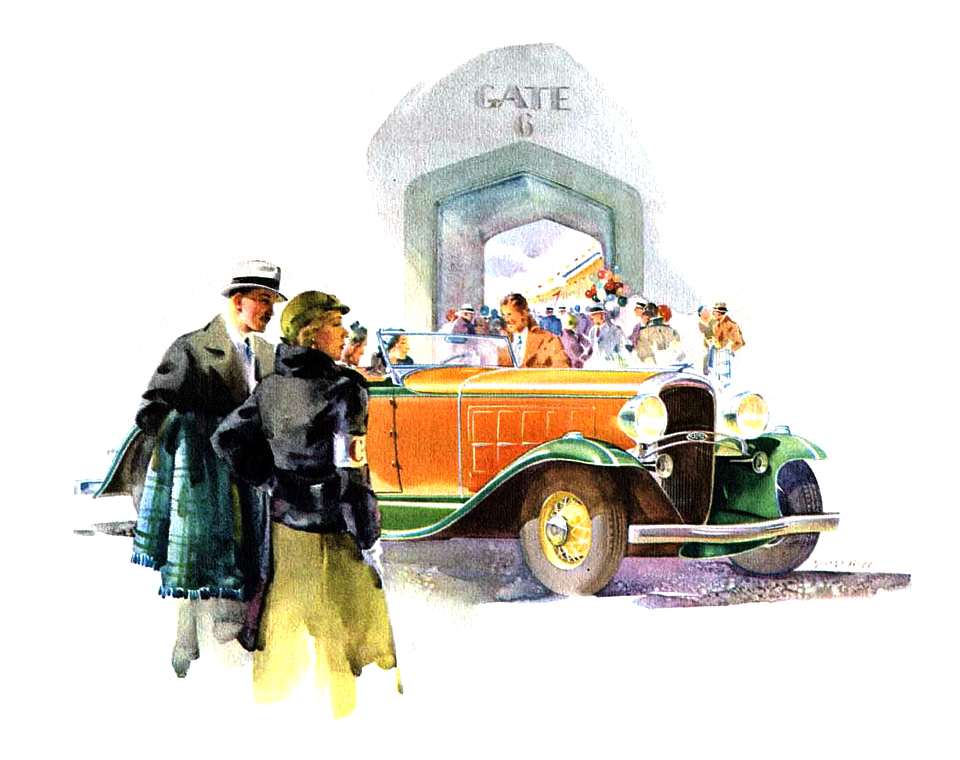








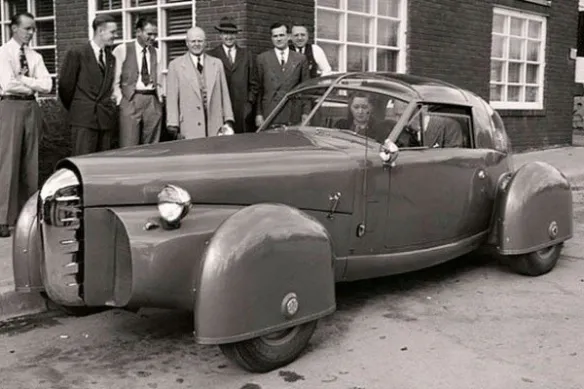



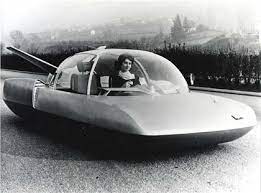

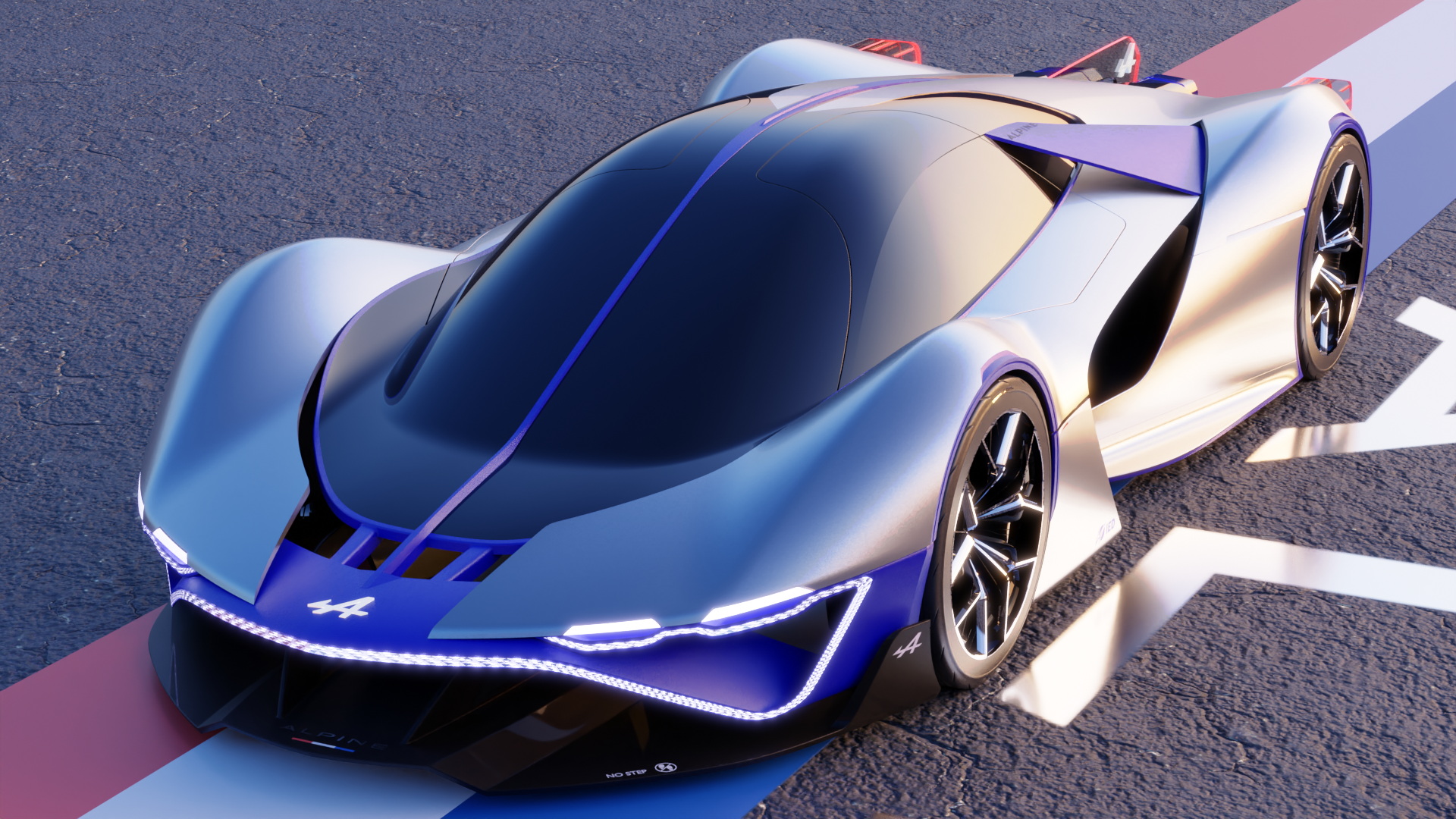
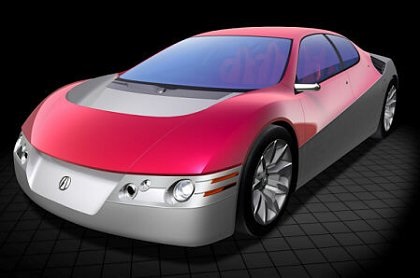


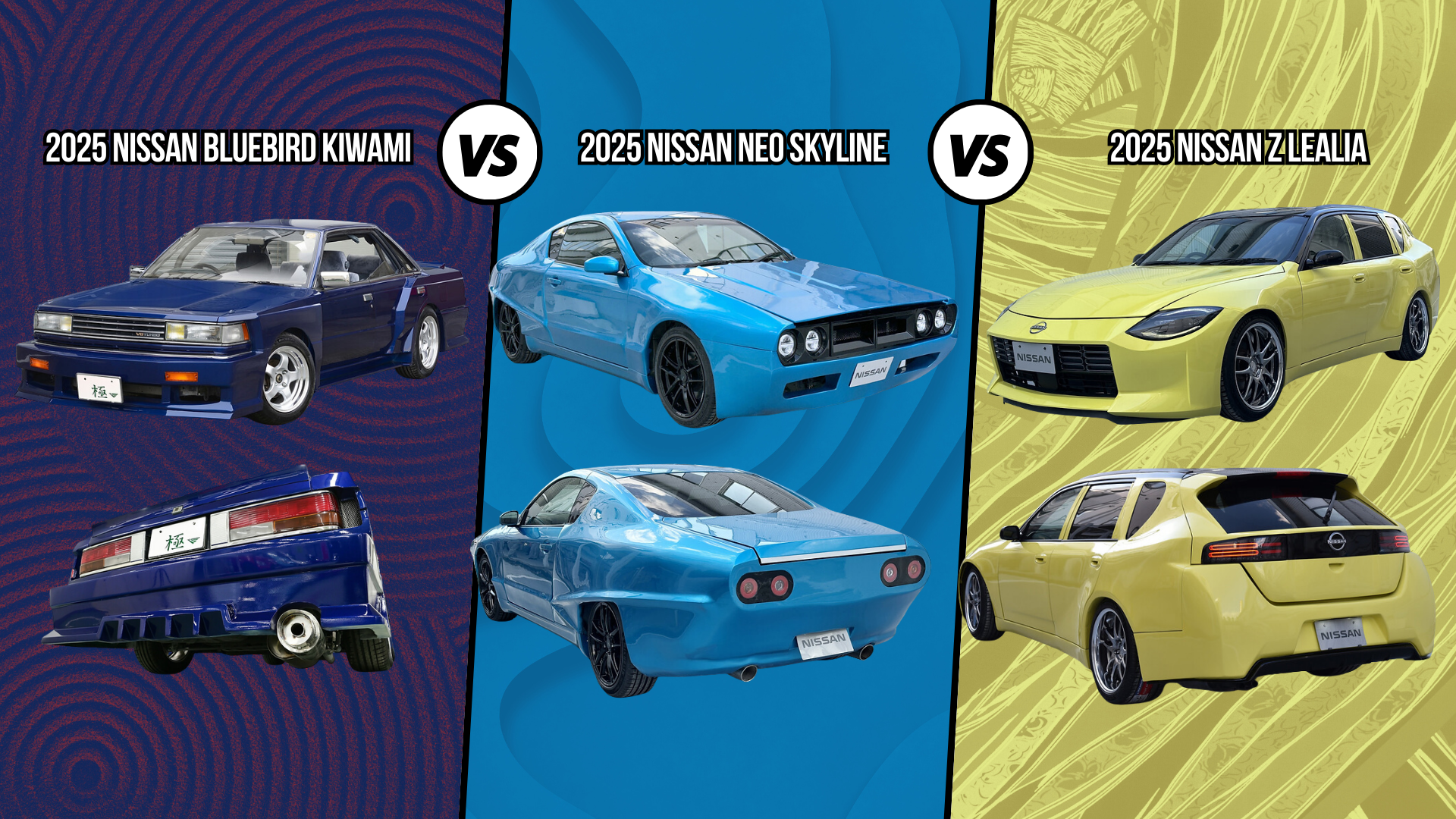
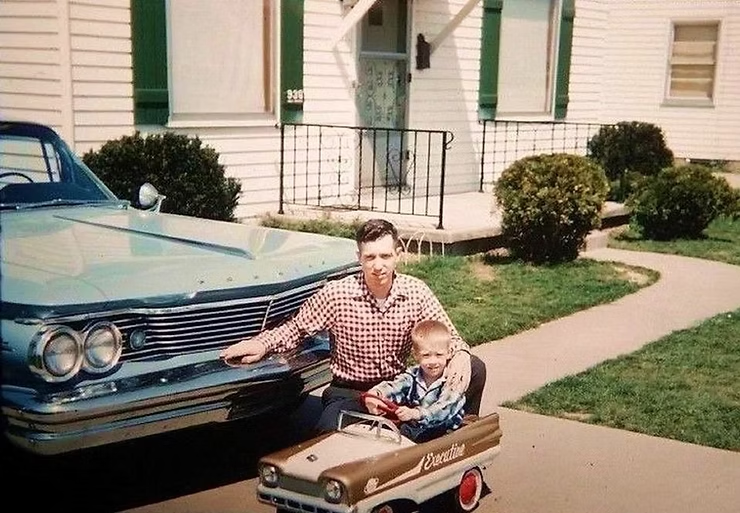
Comments